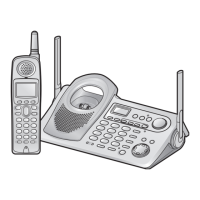
Do you have a question about the Panasonic KX-TG6500 and is the answer not in the manual?
| Number of Handsets | 1 |
|---|---|
| Caller ID | Yes |
| DECT Technology | Yes |
| Speakerphone | Yes |
| Frequency | 1.9 GHz |
| Technology | DECT 6.0 |
| Call Waiting | Yes |
| Handsets Included | 1 |
| Intercom | Yes |
| Backlit Display | Yes |
| Type | Cordless phone |
| Display | LCD |
| Range | Up to 1000 feet |
| Expandable | Yes |
| Headset Jack | Yes |
Initial setup includes reading instructions and charging the battery.
Step-by-step guide for connecting the AC power adaptor to the base unit and charger.
Instructions for connecting the phone line cord to the base unit for 2-line jacks.
Connecting to 2 single-line jacks or using as a single-line telephone.
Instructions for inserting the handset battery and initial charging.
Details on battery recharge, performance, and replacement.
Specific connection instructions and recommendations for DSL service users.
General rules and procedures for programming the unit's features.
Instructions for recording a personal greeting message for callers.
Step-by-step guide for initiating and conducting calls from the handset.
Procedures for answering incoming calls on both handset and base unit.
Understanding Caller ID features and how caller information is displayed.
Adding new contacts with names and phone numbers to the phone book.
Saving and making calls using the base unit's speed dial memory.
Initiating intercom calls between handsets and the base unit.
Moving an active outside call to the base unit or another handset.
Setting up conference calls involving multiple outside callers.
Activating the answering system for one or both lines.
Playing back recorded messages using the base unit interface.
Accessing and playing back messages remotely from the handset.
Deleting individual recorded messages or clearing all messages.
Redirecting incoming calls to the answering system for callers to leave messages.
Setting a secure 2-digit remote code to access the answering system.
Diagnosing and resolving errors related to battery, base unit link, and busy status.
Resolving issues such as no recorded messages or inability to operate the system.
Troubleshooting errors related to phone book, registration, and denied access.
Resolving issues with handset display, ringing, and blank screens.
Resolving problems with programming functions, making calls, and redialing.
Essential safety guidelines to reduce risk of fire, shock, or personal injury.
Specific safety warnings for batteries and initial FCC compliance details.
FCC rules, requirements, and measures to handle radio frequency interference.
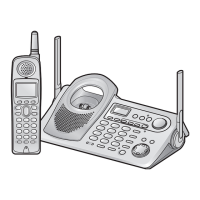
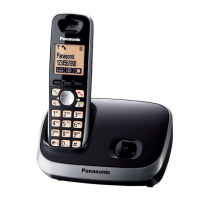





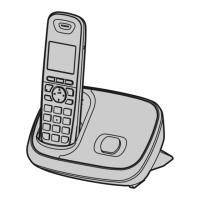
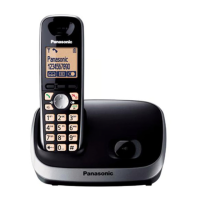
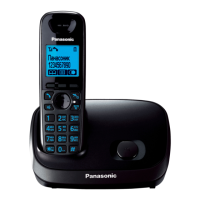
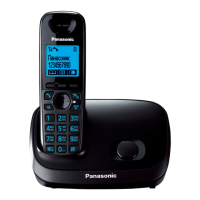

